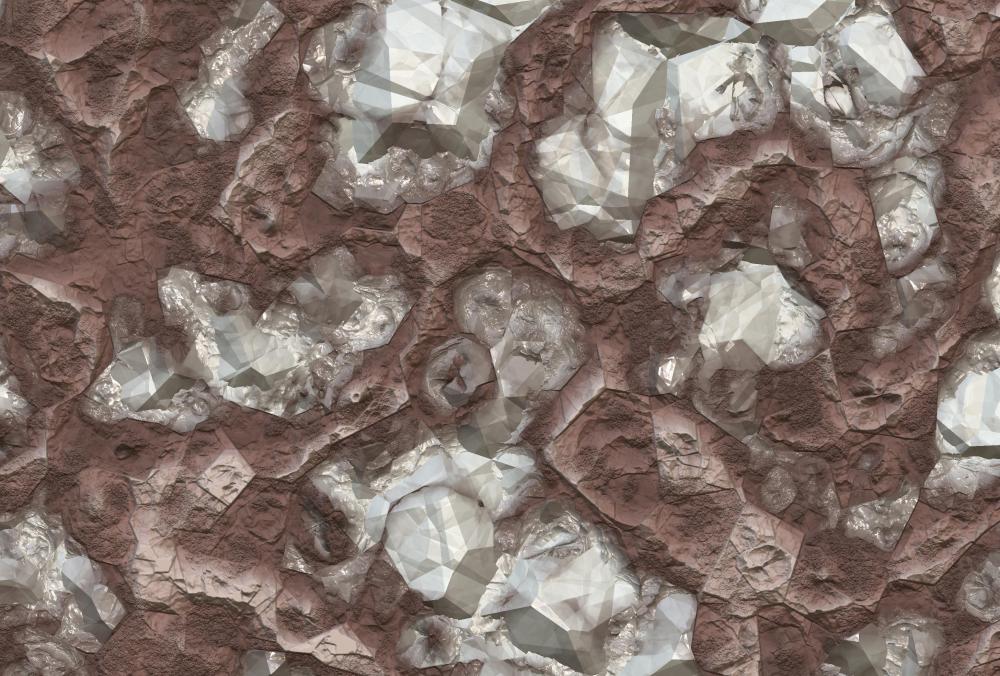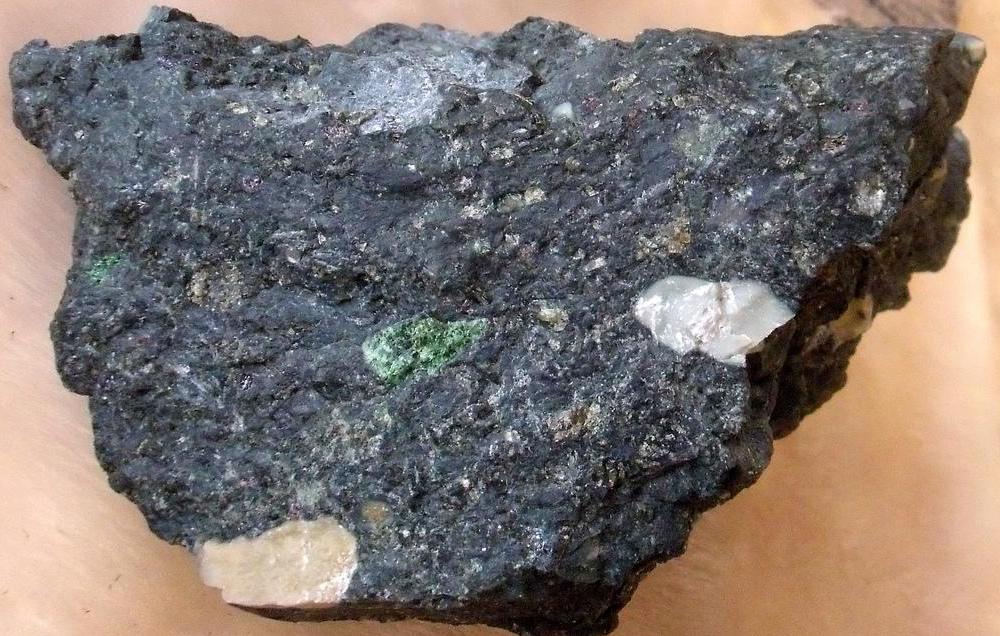At AllThingsNature, we're committed to delivering accurate, trustworthy information. Our expert-authored content is rigorously fact-checked and sourced from credible authorities. Discover how we uphold the highest standards in providing you with reliable knowledge.
What Is a Volcanic Pipe?
A volcanic pipe is the channel bored through the earth's crust that allows molten material from a magma chamber deep below the surface to travel up and out during a volcanic eruption. The entryway for magma into the pipe is called a vent, which ends in the depression called a crater. Lava, cinder and ash pour and explode from the pipe and crater to form an ever-building mountain or flat sheet of volcanic rock — called cones or shields, respectively. Special kinds of inactive volcanic pipes are sought after for being rich in diamonds.
A volcanic pipe could go centuries without any lava activity. Others are regularly active, due to the edges of tectonic plates rubbing together and causing molten rock to pressurize in underground magma chambers. A pipe could also see more action if tectonic plates are being pulled apart, which causes magma from deep within the earth to rise to the surface.

The magma chamber, just below a volcanic pipe, typically forms at the earth's crust. It is fed by the molten material just below it from the upper and lower mantles. Several events can cause an eruption like an earthquake, gaseous pressure in the magma chamber, or an influx of magma from tectonic activity. The chance of having a calamitous an eruption is increased as the amount of gas or liquid that is mixed in the molten rock rises.

Though most volcanoes form into a shield, cinder cone or giant composite volcano like Mt. Fuji in Japan, another rarer type is actually called a volcanic pipe. These prehistoric pipes carry diamond-containing, carbon-based rocks called kimberlite or lamproite from deep within the earth, via magma, to a level where the rocks are cooled. It takes between 1,000,000,000 to 3,000,000,000 years for a diamond to form.

A main vent of a volcano can result in a main volcanic pipe and secondary pipes as well. These pipes create small, secondary cones like bumps on a larger volcanic mountain. Once these pipes have been inactive for many years, they will erode and allow for diamond exploration.
African nations like South Africa, Angola, Botswana, Zimbabwe and Tanzania boast the most diamond mines than any other continent. The United States and Canada are not far behind, with Canada still digging for diamonds at six active mines as of 2012. Other nations like Australia, India and Russia also contain a handful of mines that as of 2012 still yield these precious gemstones.
Frequently Asked Questions
What exactly is a volcanic pipe?
A volcanic pipe is a geological formation formed by the violent, supersonic eruption of deep-origin volcanoes. It's essentially a conduit through which magma from the Earth's mantle travels to the surface. Once the eruption ceases, the pipe can become filled with solidified magma and other rocks, creating a vertical structure that's often rich in diamonds and other precious minerals.
How does a volcanic pipe form?
Volcanic pipes form when magma from the Earth's mantle forces its way upwards, creating immense pressure. This pressure causes a violent eruption that blasts through the Earth's crust, creating a narrow, cylindrical channel. Over time, the magma within the pipe cools and solidifies, leaving behind a distinctive geological feature that can be studied to understand deep-Earth processes.
Where are volcanic pipes commonly found?
Volcanic pipes are most commonly found in regions with a history of kimberlite or lamproite volcanism, such as parts of Africa, Russia, Canada, and Australia. The Kimberley region of South Africa, for instance, is renowned for its kimberlite pipes, which have been a significant source of diamonds, contributing to the area's economic development.
What is the relationship between volcanic pipes and diamonds?
Volcanic pipes, particularly those composed of kimberlite or lamproite, are primary sources of diamonds. The high-pressure conditions deep within the Earth's mantle are conducive to diamond formation. These diamonds are then transported to the surface by the eruptive process that creates the pipe, making them accessible for mining.
Can volcanic pipes be active, and are they dangerous?
Most known volcanic pipes are ancient and no longer active. However, if a volcanic pipe were active, it could be extremely dangerous due to the potential for explosive eruptions. The sudden release of magma, gases, and rocks can have devastating effects on the surrounding environment and nearby populations.
How do scientists study volcanic pipes?
Scientists study volcanic pipes through a combination of fieldwork, sampling, and geophysical methods. They analyze rock samples to determine the pipe's composition and age, and use techniques like seismic surveys to understand the pipe's structure. This research helps unravel the mysteries of the Earth's mantle and the processes that create volcanic eruptions.
AS FEATURED ON:
AS FEATURED ON:













Discuss this Article
Post your comments